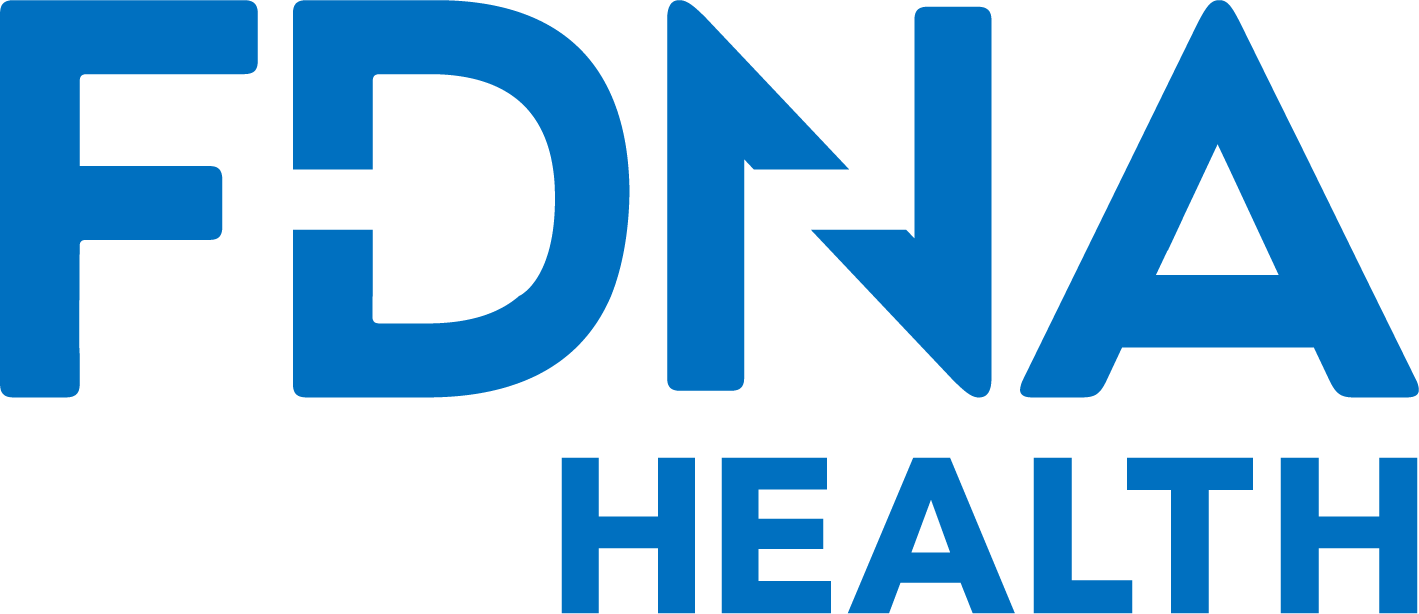¿Qué es una odisea diagnóstica?
Una odisea diagnóstica se define como el tiempo entre el momento en que se observa un síntoma o característica de una enfermedad genética o rara y el momento en que se realiza un diagnóstico final.
Actualmente, se estima que el tiempo medio de espera para un diagnóstico final es de unos cinco años y puede implicar la participación de, en promedio, 4-5 médicos.
Navegando por una odisea diagnóstica
Para muchas familias, navegar el camino hacia el diagnóstico de un hijo puede ser un proceso largo y doloroso. Tratar de encontrar respuestas a por qué su hijo presenta características y condiciones de salud específicas y tratar de comprender qué condición genética puede estar causándolas puede ser un proceso difícil, lento y costoso que afecta a toda la familia.

A rare disease diagnosis can be difficult to reach. Through the course of their diagnostic journey, families may find themselves passed from doctor to doctor, from specialist to specialist, and at the end of it are often no wiser about why their child is sick and how they can help them. Numerous clinic visits, hospital stays, and tests that still seem to provide no definite answer make the diagnostic odyssey a traumatic one for many families as they attempt to manage a child’s Síntomas without knowing their cause and the best way to manage them.
Can Health help with a diagnostic odyssey?
Not being able to find the answers quickly from medical professionals is a frustrating process. However, recent advancements in Health solutions have found new ways to apply new technologies to speed up the diagnostic journey and provide families with answers quicker.
FDNA Health utilizes AI to perform genetic facial screening and genetic analysis to start families on their diagnostic journeys. It can also connect families to Asesoramiento genético, either in person or through telegenetics and video conferencing, and then to geneticists who can send them for the necessary Pruebas genéticas and screening if required. Our goal is to help families find answers and a diagnosis for a large number of rare genetic disorders and in the process reduce their diagnostic odyssey considerably.







